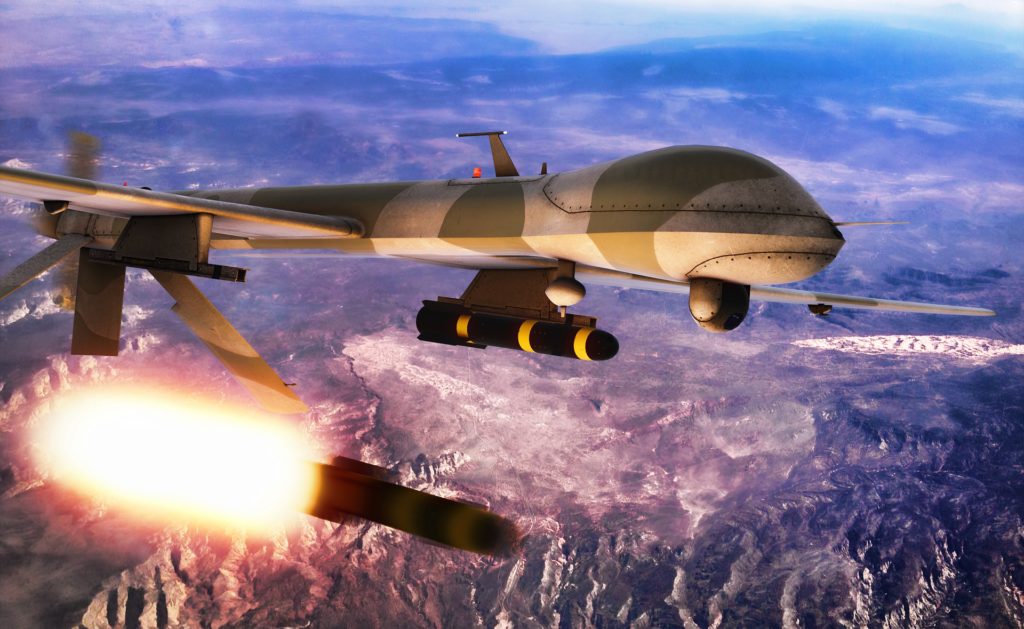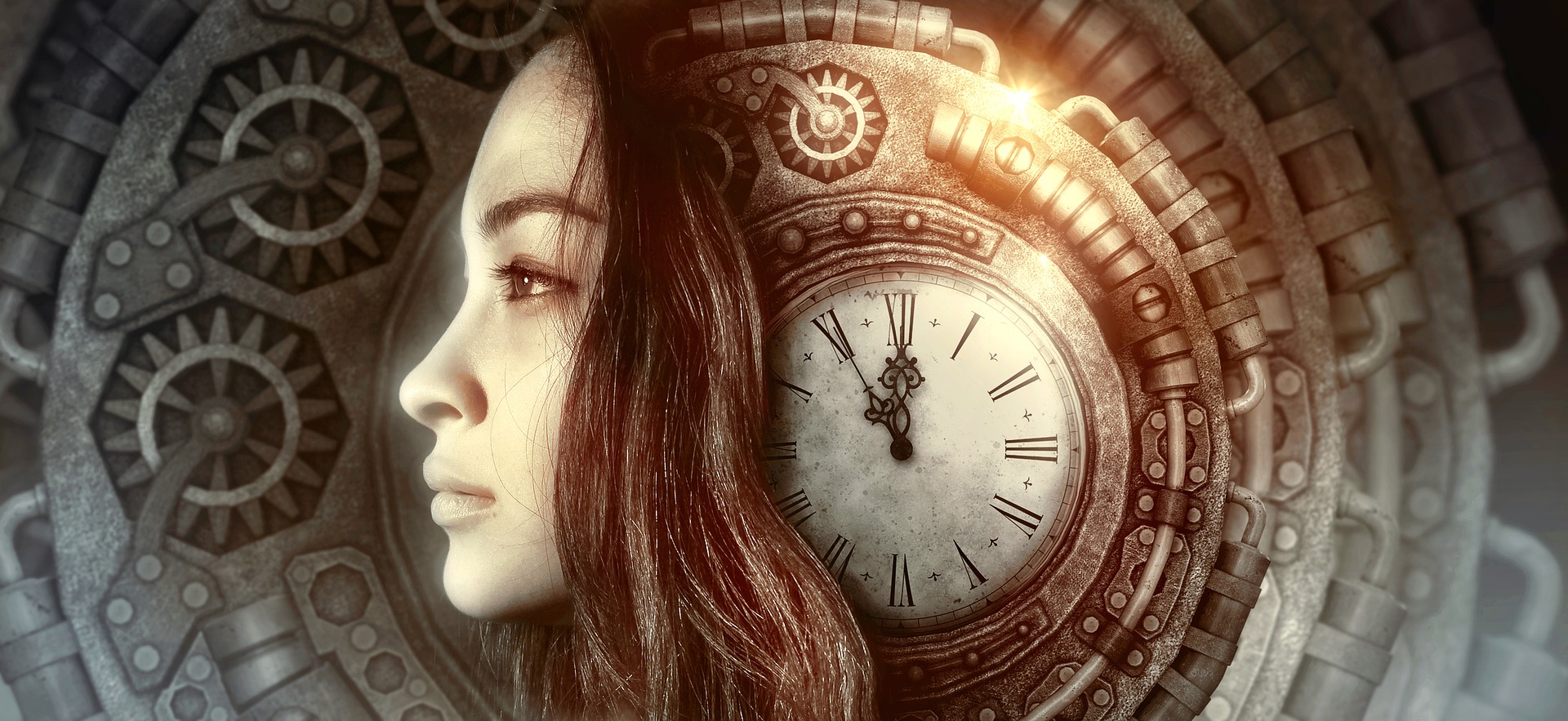Can an asteroid be destroyed using missiles?

Yes, Asteroid impact is a real threat. Not tested to date whether an asteroid can be destroyed using powerful missiles or not, however, there are luckily several methods available to protect Earth from a possible asteroid collision.
Asteroids are mainly made of rock. The rock has a much higher resistance to impacts than the metals used in spaceships and satellites. An asteroid with the diameter of only 10 meters could break through the hull of an average spaceship; and destroy it. Thus special measures should be taken against asteroids that pose a threat to our planet.
How can an asteroid be destroyed using missiles?
Well, the space agencies around the world have developed a number of effective methods to prevent a collision with asteroids, which are known as Aten Asteroid and near-earth objects (NEO).
According to calculations made by our scientists, if an asteroid heading towards Earth were detected at least 8 years before the predicted impact, it could be destroyed using missiles.
But how can we destroy an asteroid with missiles?
There are two ways to do it. First one is based on the common idea that they call kinetic impactor. It would use either a spaceship or a mass of solid material (like concrete) that is accelerated to very high speed and then shot into the asteroid in order to change its course and make it miss the Earth.
This method is very efficient, but it is also very expensive and requires a lot of time. Scientists believe that this could be a good solution to an asteroid that could hit the Earth in 24-30 years. The second method is known as the gravity tractor. It would use a larger object that would enter into orbit around an asteroid and then gradually alter its trajectory and put it on course away from Earth before ultimately pushing it off out of the solar system.
According to scientists, this method is more effective to destroy a hazardous asteroid with a missile because it can be used against NEOs with a shorter notice period, but it is also more expensive and time-consuming than the kinetic impactor method.
Another possible way to destroy an asteroid is based on the nuclear explosion method, which is also called the NERVA (Nuclear Engine for Rocket Vehicle Application). It was a rocket design study conducted in USA in 1960-1970. Its main goal was to create a nuclear thermal rocket. But it is mostly known as a possible method of dealing with NEOs.
NERVA was designed to deliver an enhanced nuclear weapon warhead into Earth orbit where it would be propelled by a small atomic bomb. This concept has been tested six times from 1965 through 1972 and proved to be largely successful with no serious mishaps.
Scientists believe that the nuclear explosion method is as efficient as the impactor method and it can deal with objects that are larger than 1 kilometer in diameter. This makes it a very desirable solution to asteroid collision.
Risks after asteroid gets destroyed with missile

After an asteroid is destroyed with missiles, Earth would get saturated with high-speed micrometeorites (about 10 tons of them for each 1 meter-sized asteroid). They would be moving at a vast speed of up to 20 kilometers per second.
They could hit the Earth’s atmosphere and then they would burn there due to the friction caused by their fast movement. The kinetic impact on Earth’s surface would not be substantial enough to cause major damage. But it could still be dangerous if the micrometeorites were large enough and especially if they were moving at a speed higher than 20 kilometers per second. Micrometeorites could also be dangerous for space infrastructure.
When the kinetic impact method is used, there is an additional risk of a fragmenting asteroid. When the rocket hits an asteroid’s surface, it creates a hole and part of the object could fall into this hole and then spread all over its surface. The resulting fragments would move more quickly as they have less mass and cause considerable damage on a global scale.
The gravity tractor method can solve this problem because it would change an asteroid’s orbit without destroying it completely.
But gravity tractor method has its own risks and limitations. This method works only on smaller asteroids (the diameter should not exceed 1 kilometer). And it needs a longer time to bring the object into a collision course with the Earth. For example, it could take 10 years to alter an asteroid’s path by 5 degrees, which is not enough to miss the Earth.
Along with the use of missiles to destroy an asteroid, the nuclear explosion method could be used to destroy larger NEOs more efficiently and with less time needed for making it on a collision course with the Earth, but there are serious doubts about its feasibility due to possible environmental consequences.
Conclusion
Asteroid impact could be an issue for space infrastructure and for the planet. But there are ways to destroy an asteroid with a missile, which are also available today. International Space Agencies, including NASA and it’s DART mission, have been trying to build strong defence system against possible asteroid impacts on our planet.
FAQs about asteroid impact:
1) Can an asteroid destroy the earth?
- Yes, if it’s big enough, and/or coming towards the earth at a great speed.
2) Would asteroid mining be a good idea?
- It’s possible, but it wouldn’t solve most of the problems. For example, we can’t mine asteroids for their resources. They’re too small, and the ones that are worth mining are already taken by other dinosaurs (asteroids).
3) How can we protect ourselves from asteroid impacts?
- We could place small nuclear bombs on asteroids and explode them on impact at the planet. First one to do it is Russia, then hopefully everyone else will follow. This would significantly reduce the risk of asteroid impacts. But, there would be bigger risks (in case we fail with our devices) like nuclear war.
4) What is the biggest asteroid?
- Vesta, which is 600 to 1000 km in diameter.
5) What was the last major asteroid impact on earth?
- It was at the end of Cretaceous period. It killed all dinosaurs, some mammals and almost everything that has a backbone. The good part is that there are no more dinosaurs. The bad part is that it also killed many other organisms living on the earth at that time including penguins. It’s the reason scientists are eager to discover ways, including the missile attack on them, to destroy them on the way to Earth.
6) What are the biggest asteroids?
- Ceres is 1380 km in diameter, Pallas 1280 km, Vesta 860 km. There are probably many more like this, but we don’t know about them.
7) How did most of the asteroids form?
- From dust and gas particles in the early solar nebula that have combined over time due to collisions. The ones that came from smaller planetoids collided with Mercury, Venus and Mars and then with others during the collisional phase of planetary formation when there were lots of smaller planetoids. Then larger planetoids got stuck together because of gravity force (that would have been enough at one time).


